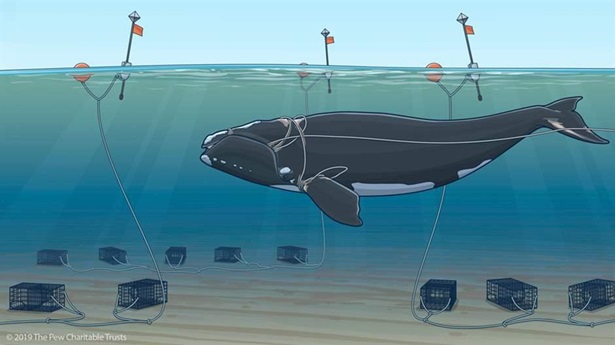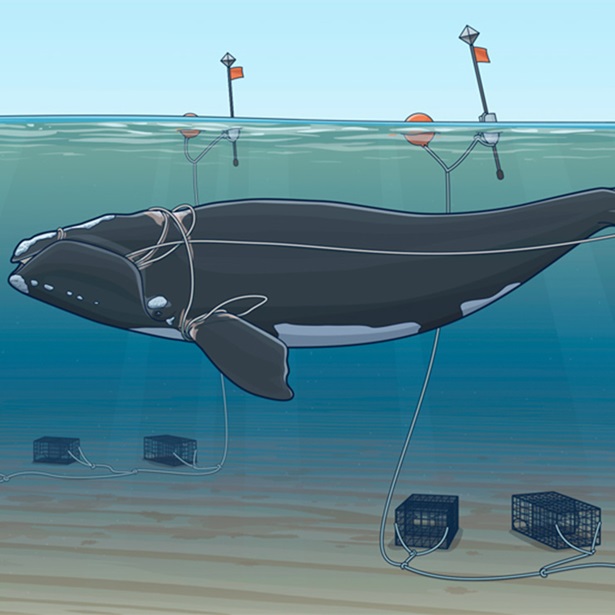New Rules to Protect Endangered Right Whales Fall Short
To save species, NOAA must do more to reduce entanglements in lobster fishing gear off New England
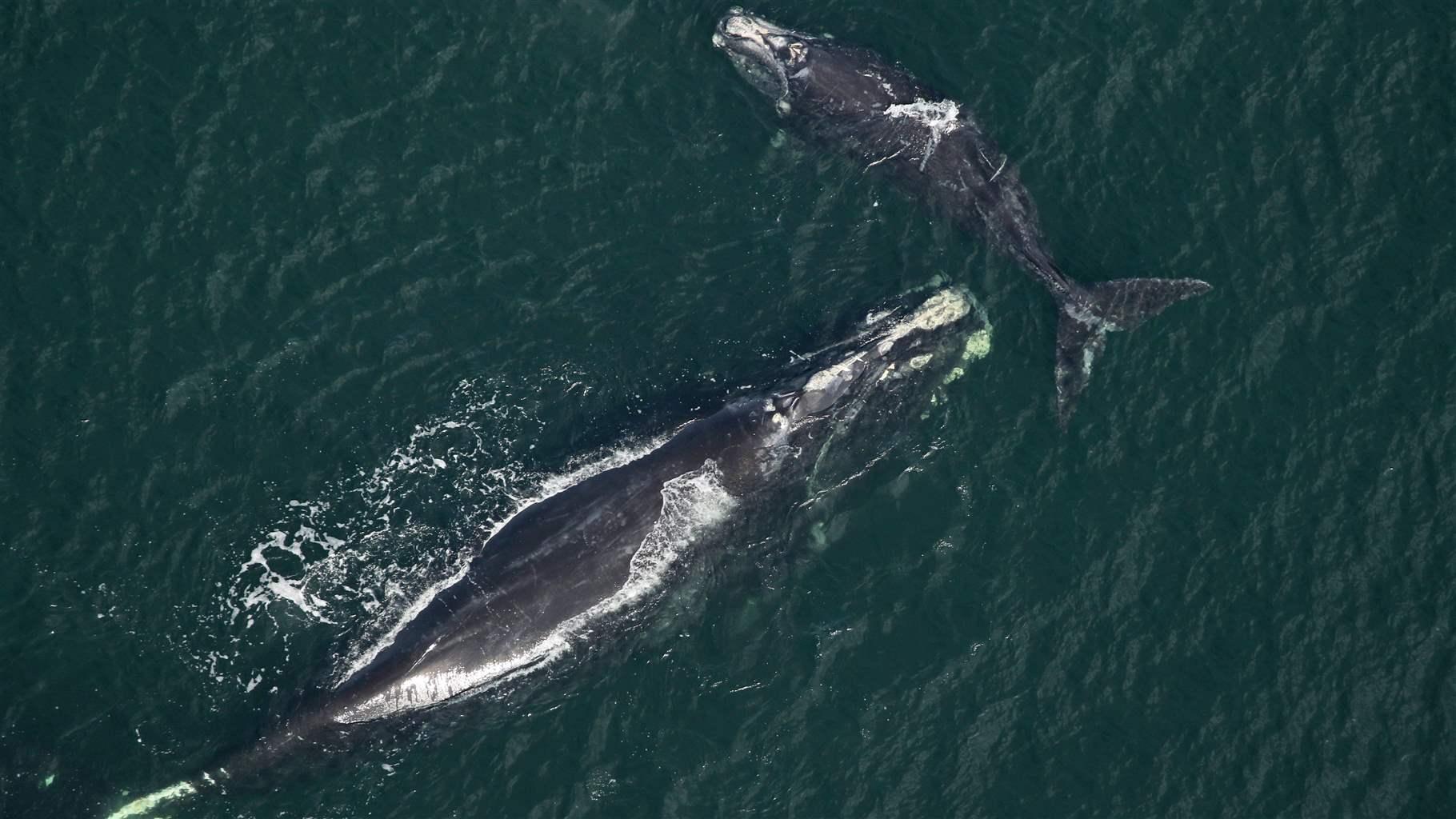
North Atlantic right whales are among the world’s most endangered species, threatened by ropes used in commercial lobster and crab fishing gear and strikes from vessels. In recent years, right whale numbers have dropped sharply, from nearly 500 in 2010 to just 336 at the end of 2020, the lowest number in nearly two decades. Among those are only an estimated 70 breeding females.
At the end of August, the National Oceanic and Atmospheric Administration’s Fisheries Service (NOAA Fisheries) announced the first new regulations in seven years to reduce deaths and serious injuries to right whales caused by entanglement in New England’s lobster and crab trap/pot fisheries. On Sept. 17, these regulations published in the Federal Register, starting the clock for some measures to be in effect on the water in 30 days, with the rest starting to take effect in late spring 2022.
The final regulations are better than the draft regulations NOAA Fisheries released for public comment earlier this year but still won’t provide the protection right whales need.
Measures fall short of what’s needed
The regulations are composed of a requirement in some areas to use weaker rope that will break more easily; a requirement that fishermen attach more traps to each rope, intended to reduce entanglement risk; and seasonal closures to traditional trap or pot fishing.
Specifically, the measures would prohibit commercial lobster and crab fishing with ropes in:
- a 5,500-square-mile area south of Nantucket and Martha’s Vineyard from February to April.
- a 967-square-mile area in the Gulf of Maine from October to January.
- a 487-square-mile strip from Plymouth, Massachusetts, to the boundary with New Hampshire’s state waters from February to April.
Area closures are among the most effective ways to reduce right whale entanglement in fishing gear. And these seasonal closures affect only traditional roped fishing while still allowing fishing with ropeless gear under controlled conditions. This detail, which was not included in the proposed rule, will likely accelerate the research and development of ropeless fishing solutions.
However, the regulations miss the mark on a critical point: the duration of the closures. For instance, the area south of Nantucket and Martha’s Vineyard, where a significant amount of trap/pot gear with heavy ropes can be found, is slated to close only between February and April despite evidence that right whales feed in this area year-round. In most months of 2021, sightings of right whales in this area have compelled NOAA Fisheries to alert vessels to slow their speeds. The Pew Charitable Trusts’ proposal was for closures off New England that would reflect the latest science, which the regulations fail to do.
The regulations require that, in some areas, fishermen use rope that is weak enough to break if a whale becomes entangled. But the rope configurations NOAA plans to implement are not proved to reduce risk to whales—and aren’t supported by the scientists who studied rope strength—so it’s unclear if this measure will be effective. And while the regulations to require more traps per trawl may reduce the overall number of ropes in the water, science suggests that benefit may be offset by the more-severe injuries that could result from the thicker and heavier gear needed for trawls with multiple traps.
Final rule improves upon proposal—but is still insufficient
NOAA Fisheries predicts the new rules will reduce the risk of right whale deaths and serious injuries from entanglement by 69% in U.S. waters in the first year, and 87% by 2030. But the right whale population cannot afford to wait for such a gradual risk reduction—and the Marine Mammal Protection Act requires NOAA Fisheries to reduce risk by 95% within six months of implementation of the rule.
NOAA Fisheries estimates that the cost of implementing the new regulations, including for fishermen choosing to transition to ropeless gear, is $9 million to $20 million over 10 years—a very manageable amount given that the New England lobster fishery has brought in about $600 million in each of the past five years. In other words, the cost of implementing the regulations would be 1.5% to 3.3% of lobster fishery revenue in any given year. NOAA Fisheries estimates that the closures would require just 27 vessels to move outside the area south of Cape Cod during the restricted months, and that only 52 would need to move outside the closed zone off of Maine, where more than 4,000 licensed lobstermen mostly fish in state waters.
Three ways NOAA Fisheries could still help right whales
The new regulations recognize the importance of fishermen transitioning to ropeless fishing gear—technology that would dramatically reduce the number of vertical lines in the water. But this transition needs a major boost to scale up from the tiny fraction of fishermen currently testing ropeless gear to being a viable option for anyone seeking to fish in closed areas. Pew strongly encourages Congress to appropriate funds to speed this transition, and NOAA to provide assistance, training, and support.
Second, as Pew and partners reiterated in a Nov. 9 letter to the Secretary of Commerce, Pew still stands behind its request for emergency action to protect right whales by closing the highest-risk areas to fishing with ropes when right whales are likely to be present. The Secretary of Commerce could order this at any time—similar to how she implements voluntary vessel speed restrictions when whales are present—and change or remove it just as easily; it’s a flexible tool that can be responsive to science and can be clearly communicated to fishermen, much as Canada has done. There, government agencies use real-time visual and acoustic monitoring to inform decisions on whether to reopen areas to fishing or extend closures, and has implemented updated regulations in each of the past four years.
Such dynamic management is urgently needed. The right whale population is in a perilous state and simply will not survive if it takes the agency seven years to issue new regulations in response to a crisis. To effectively protect right whales, NOAA must continually evaluate the science and take decisive action that can help North Atlantic right whales recover quickly. A nimble, science-based system is possible—Canada is already doing it—and is even more needed now because scientists know right whales are shifting where they live, feed, and breed in response to climate change.
Pew remains committed to helping policymakers find solutions that allow right whales and lobster fishing to thrive far into the future.
Katharine Deuel helps lead work protecting endangered marine mammals and implementing fisheries reforms for The Pew Charitable Trusts’ projects to conserve marine life in the United States and Canada.


America’s Overdose Crisis
Sign up for our five-email course explaining the overdose crisis in America, the state of treatment access, and ways to improve care
Sign up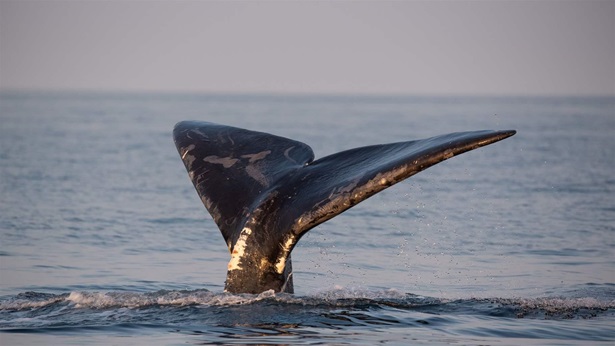
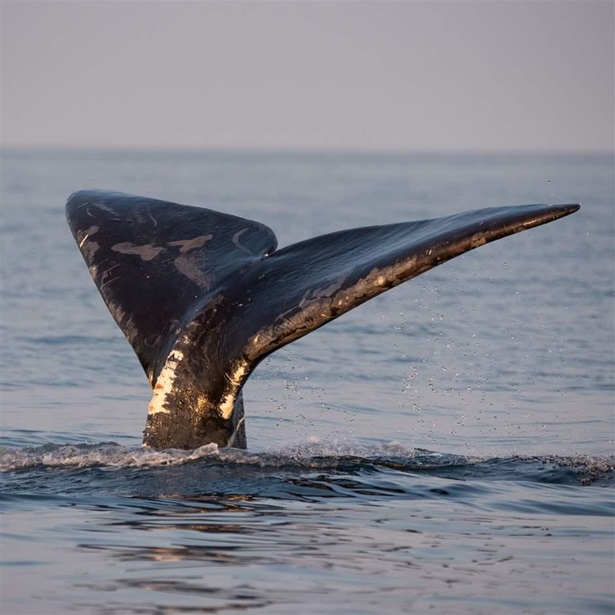
Seeking Immediate Protection for Right Whales
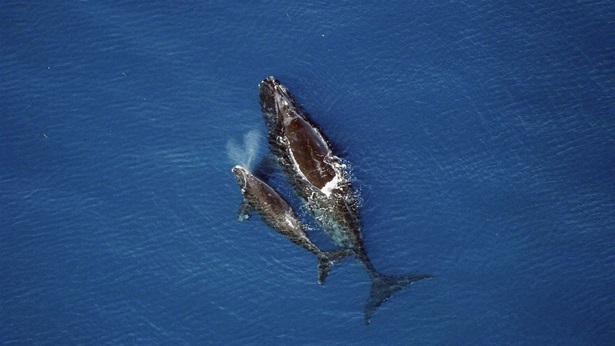
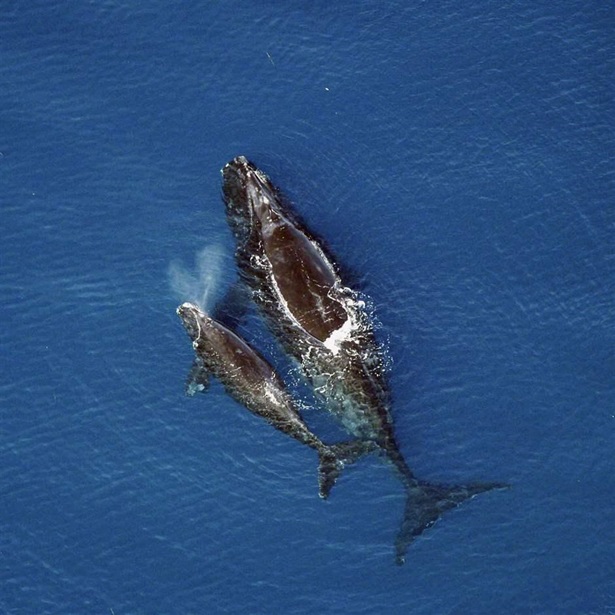
East Coast Residents Support Protecting Right Whales
